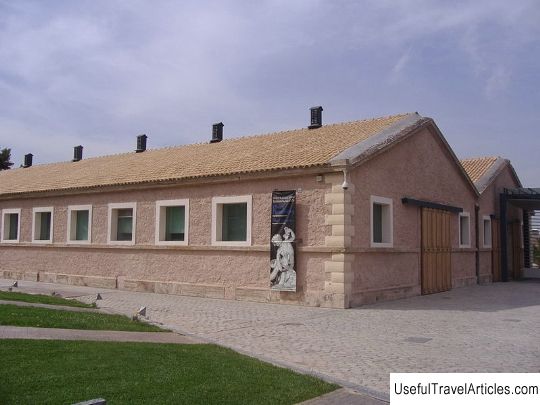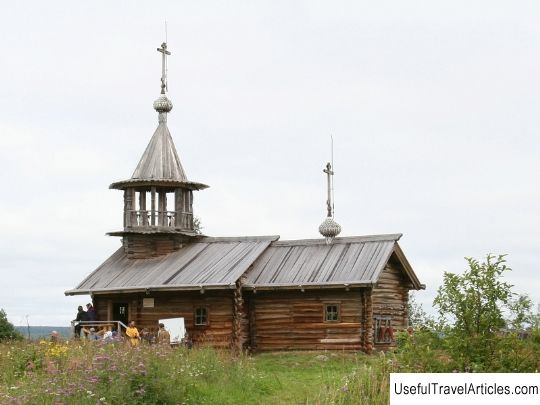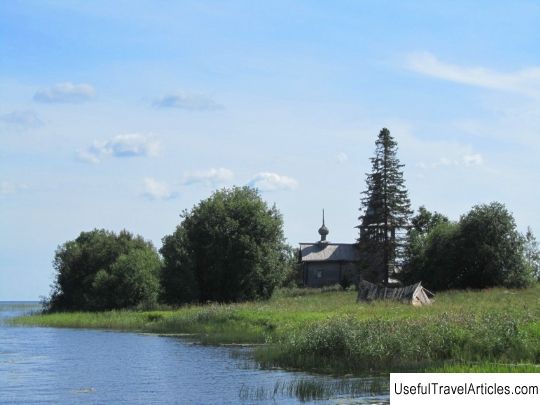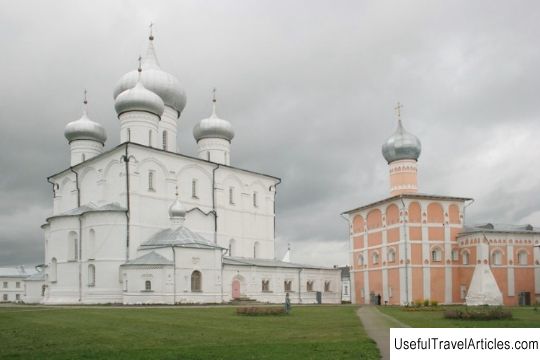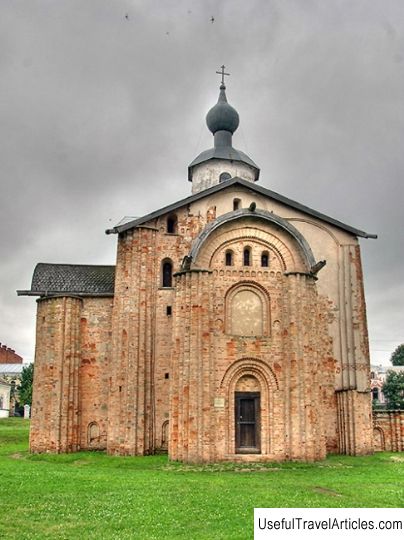Chapel of Paraskeva Pyatnitsa and Varlaam Khutynsky description and photos - Russia - Karelia: Medvezhyegorsky District
Rating: 8,5/10 (1254 votes) 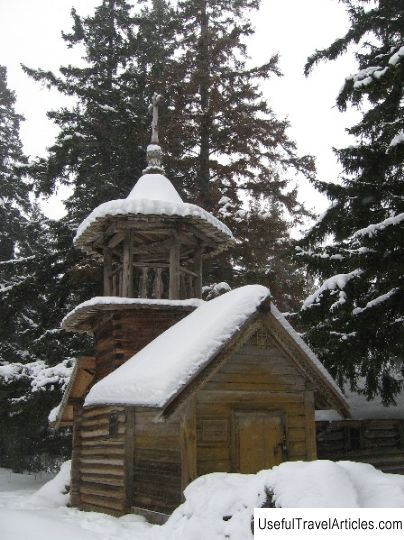
Chapel of Paraskeva Pyatnitsa and Varlaam Khutynsky description and photos - Russia - Karelia: Medvezhyegorsky District. Detailed information about the attraction. Description, photos and a map showing the nearest significant objects. Photo and descriptionThe chapel named after Paraskeva Pyatnitsa and Varlaam Khutynsky was built in the second half of the 18th - first half of the 19th centuries. The structure is built according to the cage type. In terms of appearance, the famous chapel is a rectangle elongated from east to west. The horizontal axis of the structure is formed by two wide and rectangular log cabins. The narrowest one is connected with the chapel, and the wider one - with the entrance hall, which are located almost end-to-end. The canopy is connected with the chapel by two beams, which are located transversely. The vertical compositional axis of the chapel of Paraskeva Pyatnitsa and Varlaam Khutynsky is formed by a six-sided hipped bell tower located directly above the entrance. The tent rests on single pillars made along a circular cross-section. On the south side, a wooden porch rests on the canopy, which also serves as a vestibule, covered with an independent gable roof. The log cabins located in the hallway of the chapel are covered with a gable roof, and the northern slope opens onto the western facade and resembles a half pediment, which is tightly cut into the hexagon of the bell tower. The compositional part of the chapel is complemented by onion-shaped domes located on the ridge of the chapel and on the tent itself. The slope, which is located on the south side, immediately rests against the perpendicular roof, which represents the roof of the porch. Along the entire southern wall of the log house, right under the heavy weight of the roof, there is a bench located on the logs. The distance from the floor to the ceiling of the chapel is slightly greater than the same distance in the hallway. The main room of the chapel of Paraskeva Pyatnitsa and Varlaam Khutynsky has three windows, one of which faces the northern part, and the other two - to the south side. The passage is illuminated by light coming from only one window on the south wall and from one on the west wall. The base of the belfry is made "in a paw", and the frame is cut down "in the oblo". The roof, located above the chapel of Paraskeva Ptyanitsa and Varlaam Khutynsky, is made of wood and has a nailless structure. The belfry and tent police are made of red planks. The ceiling structure of the canopy rests on one beam. With the help of the onion vault, the main room of the chapel is completely covered in circles. As for the decor of the room, we can say that it is very modest. For the most part, he focuses on towels and roof moorings. The piers themselves have only one tier of thread, made in the form of remote towns with side cutting along the entire field, in a shape reminiscent of blind circles. The towel, located at the junction of the prismas, as well as their brushes, bear a similar motif of carving, reminiscent of an equal-pointed cross, which is inscribed in a circle. The final ends of the piers and towels are made in the form of a plank baluster. The church iconostasis, unfortunately, has not survived to this day. The construction of the chapel of Paraskeva Pyatnitsa and Varlaam Khutynsky took place in two stages. In the course of the first steps of construction, a one-pipe cage building was erected. At the second stage, a two-frame cage building appeared. During the same period, the western blockhouse was added, which belonged to the entrance hall, and a hipped-roof bell tower was erected over the blockhouse. By the end of the 19th century, the entire chapel was completely sheathed with planks, and its domes are covered with special roofing iron. Throughout 1963, the building underwent restoration, during which the old planking was removed, the roof of the building was significantly strengthened and the covering of the domes made of their plowshares was restored. The canopy of the chapel was built later, which makes them unfavorable for the newness of the plank surfaces from the old texture of the log frame. The chapel is comfortably and reliably covered with a fence and densely overgrown spruce trees from all sorts of bad weather and winds. In the autumn season, not far from the chapel of Paraskeva Pyatnitsa and Varlaam Khutynsky, whole stacks of specially fragrant hay appear, and in a nearby swamp cranberries, cloudberries are ripening, and a pleasant smell of bohulnik spreads over the lowland. Wide bench located along the southern facade of the entire chapel invites you to relax in silence, leaning against the logs warm from the sun.      We also recommend reading Ruins of ancient Orchomenus (Orchomenus) description and photos - Greece: Livadia Topic: Chapel of Paraskeva Pyatnitsa and Varlaam Khutynsky description and photos - Russia - Karelia: Medvezhyegorsky District. |
